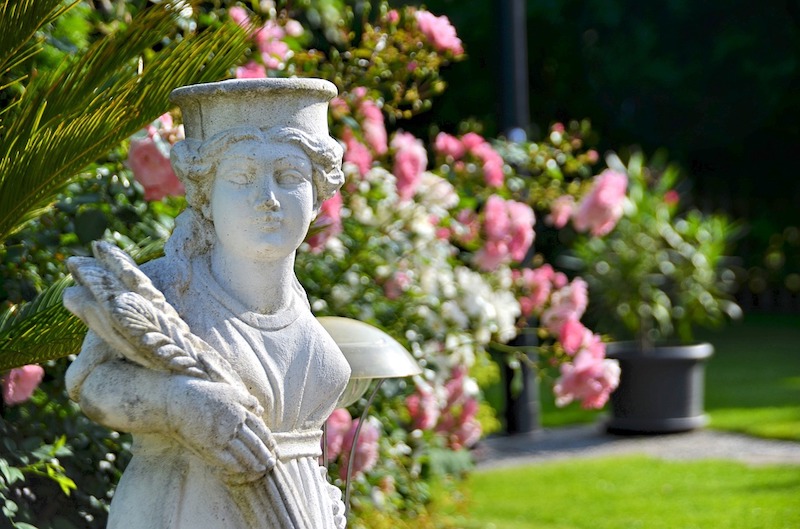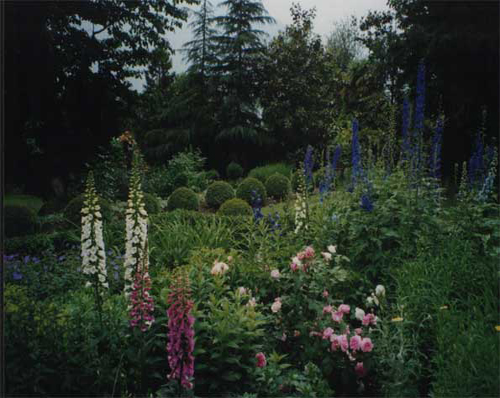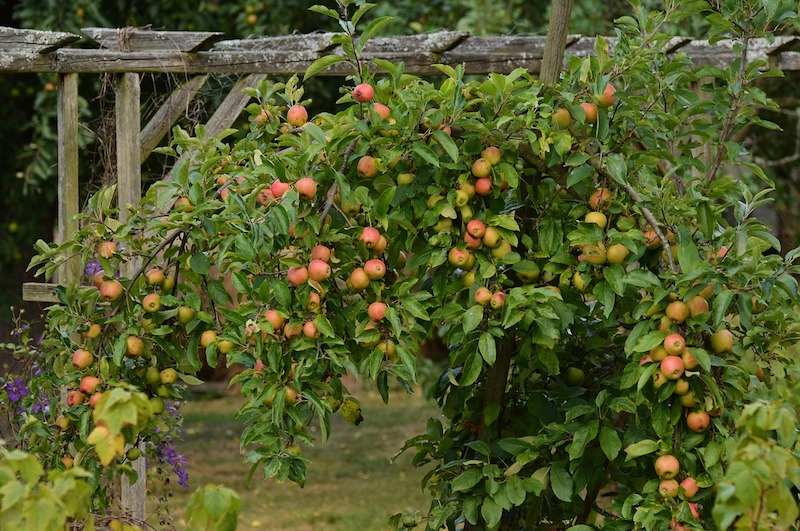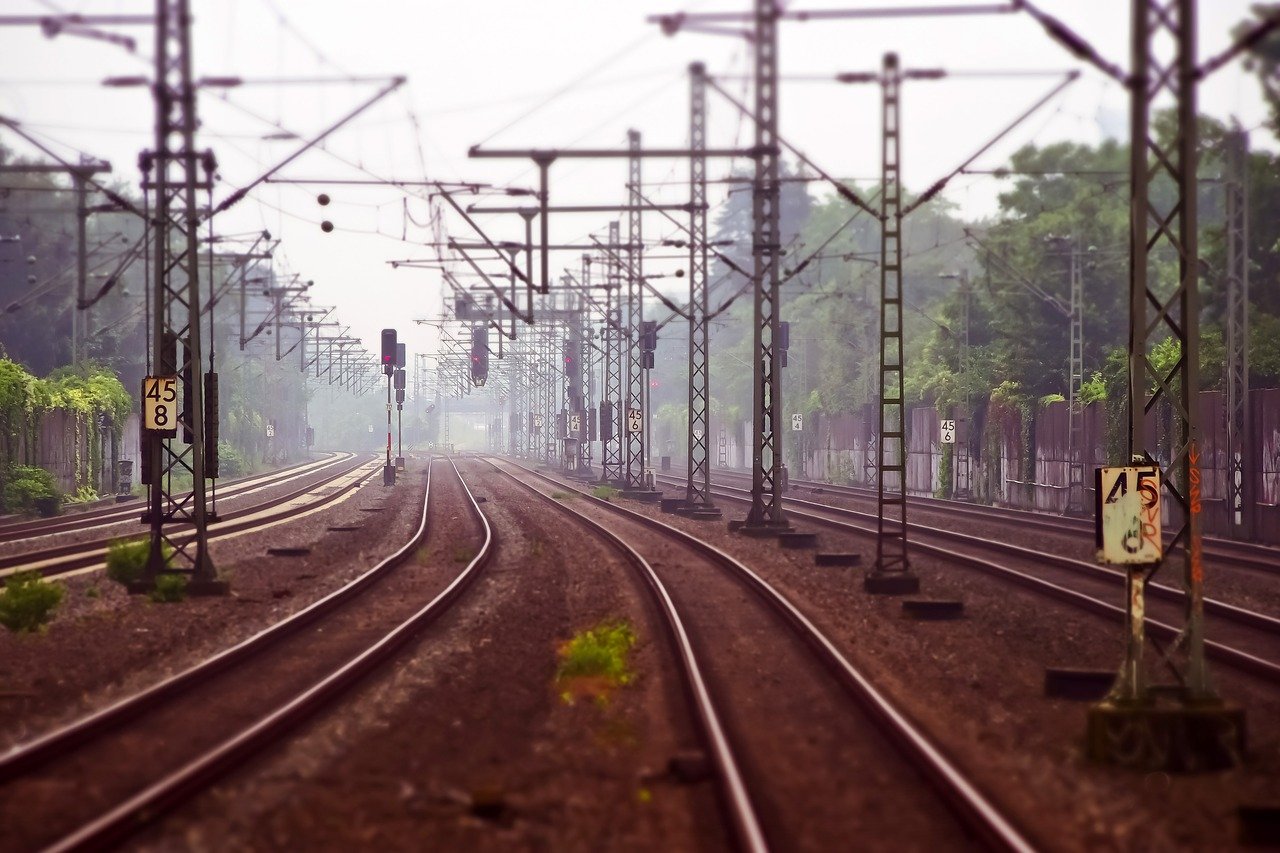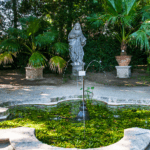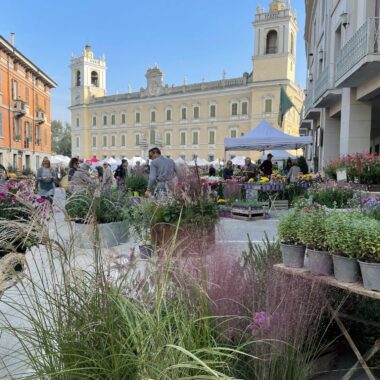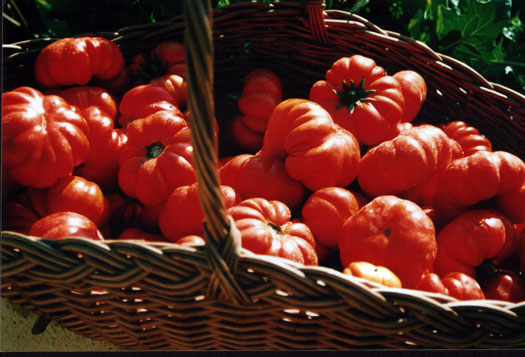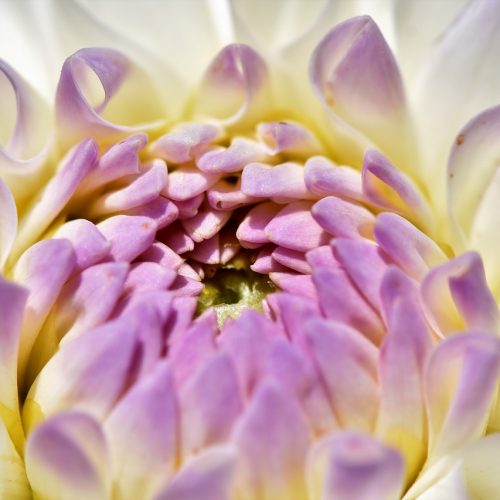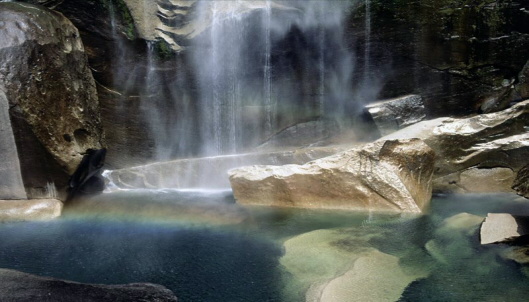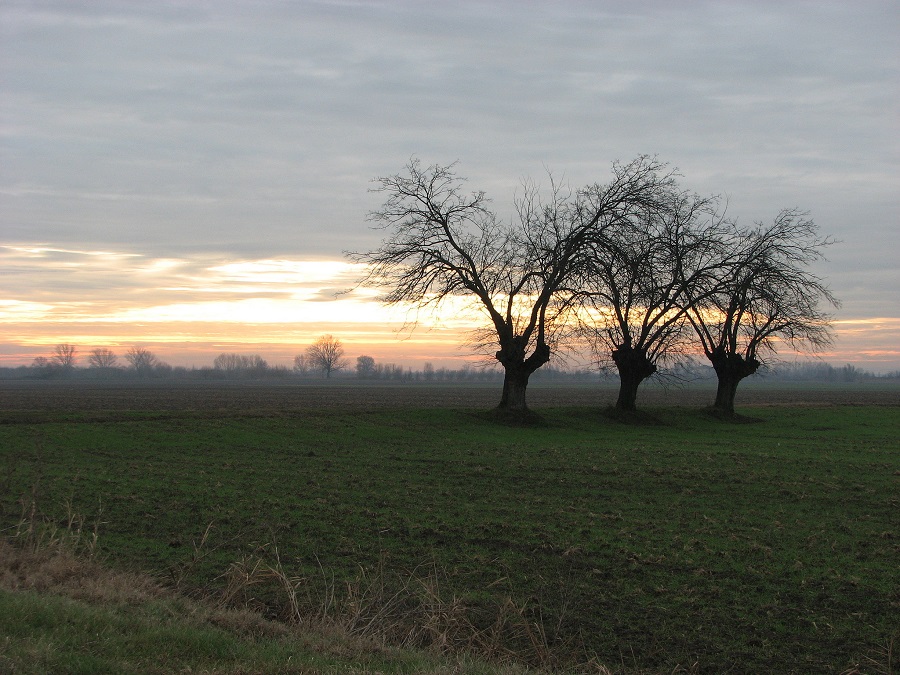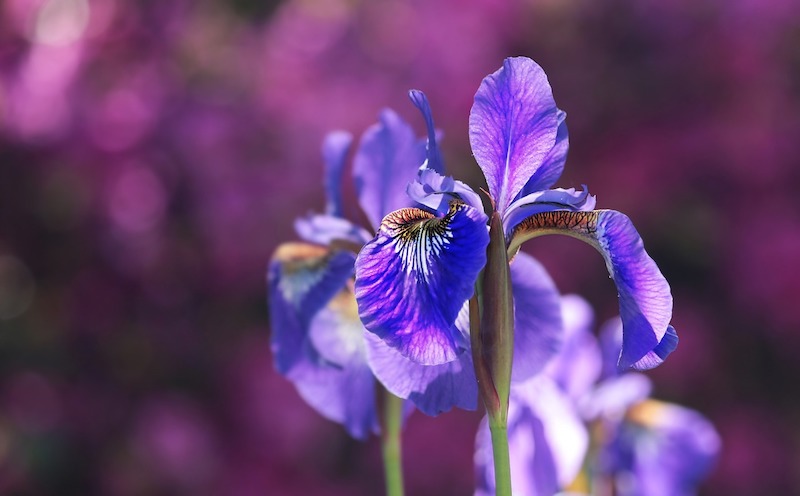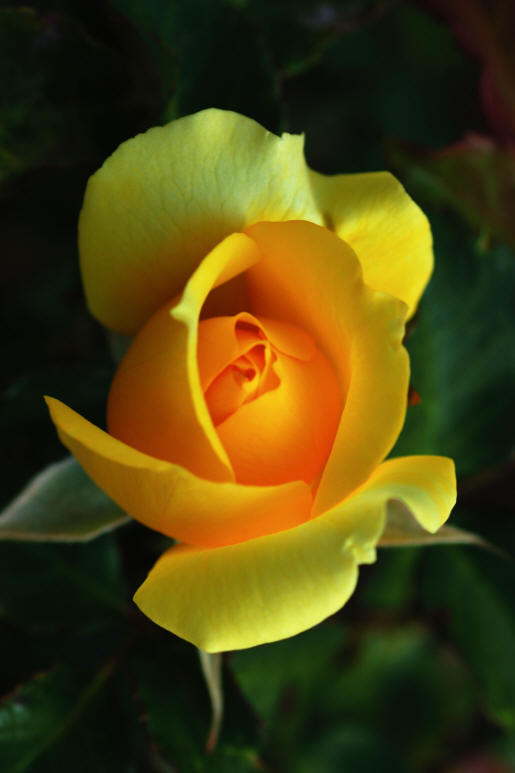Advice on Designing Italian Gardens
EcoLogica: The dream farmhouse or villa has been purchased, the nearest restaurant has been found and approved, the house has finally been restored and the flooring and paint finishes decided, so now all that’s left to do is make a garden!
The planning of the garden or “Out-door room” is often the part of restoring old properties that is grossly overlooked. If it is even considered, at all, it is generally the very last part to be considered, which is a strange notion if we consider that the garden is the very first thing that a visitor sees on visiting our properties and that most of our summertime can be spent enjoying the “Outdoor room”. However it is the garden that is generally rushed into being at the very last minute when finances begin to run short and certain nerves have already begun fraying.
The garden is often built without any regard or consideration for the design or style that it will adopt when completed. The garden is also the ideal dumping ground for builders waste and it has also often had heavy machines driving all over it for months which compact and squeeze the life from the soil. It is hardly surprising then that many of our gardens reflect nothing more than our own incapacity to deal with our green spaces effectively, which portrays a confusing image to the visitor or passer-by! I believe that the advantages of planning the garden’s structure from the outset are clear and enable us to anticipate any mistakes that will almost certainly be paid a high price for later! I am a garden designer and I witness these un-necessary misconceptions and mistakes time and time again. So, in this series of articles I will take you through some useful professional tips on how to optimize the visual effects in the garden.
Garden Use?
One of the most important considerations when embarking on any garden design project is to decide upon the actual purpose that the garden will serve when it is completed. Garden use can range from a place to kick a soccer ball around with the kids, eating al fresco overlooking a Tuscan sunset with business associates or simply to house a collection of free-range chickens and rare wildflowers. All of these differing requirements can easily be addressed effectively if, and only if, the correct decision is taken at the outset of the construction process!
Italian Garden design
Garden Style
When deciding which style to adopt, care should be taken to understand the style and feel of the house, with which the garden will eventually be united, i.e. formal or informal, rustic or modern? A formal garden is used to extend the architecture of the house and help project it deep into the structure of the garden by adopting a rigid and often symmetrical structural design that echoes the symmetry of the house, thus unifying them both in a balanced way. In Italy there has always been a strong tradition for creating formal gardens around the elaborate and romantic architecture, from Sicily to Venice and from Turin to Florence. This style originated in Greek and Arabic garden design, yet continued through Roman architecture into contemporary Italian landscape design.
Therefore one can often find that the elaborate architecture of many Italian properties can be complemented by the addition of a geometric formal garden, formal vegetable garden or formal courtyard. To create such a formal area it is essential to choose a level site that can display the gardens symmetry to the full, an area should be chosen that finds itself within close proximity to the house in order to fully highlight and extend the architecture of the house and propel it into the realm of the garden. Any paths, hedging or axis points in the formal garden should run out parallel or horizontally from the symmetry of the house, and the dimensions of pathways, flower borders etc should be in scale with the principal features of the facade, i.e. the entrance, a large window, or the roof-line. If the prominent dominating feature on the house is 5 meters wide then all of the other important features in the new garden should be designed using loose multiples of this figure i.e. 2.5, 5, 7.5, or 10 etc this will at least ensure a minimum of visual scale in the design.
There are many evergreen plants which can be used to create geometric patterns but the most preferred varieties over the centuries have been; Yew, Box, Rosemary, Myrtle, Lavender and Holly, although there are many, many more useful shrubs that can be clipped into small hedges. By far the most versatile is Box (Buxus sempervirens), which requires just two simple trims per year to maintain a perfectly complete and tidy geometric shape (far less than any lawn!). It is also a plant who’s appearance in gardens all across Europe over the past thousand years or so has rendered it somewhat a Classic amongst hedging plants, donating a touch of mystery and intrigue wherever it gets planted. The choice of colors in the garden is also dictated by the gardens intended style and the color scheme of the garden room should be given as much thought as the interior color scheme.
A formal garden’s elegance can be intensified by deploying the use of harmonious color combinations, such as white flowers against varying shades of green foliage, a combination that lures the minds eye into experiencing a sense of harmony and elegant tranquility even in the middle of a noisy, busy city. Alternatively one can set any passing mind adrift on dreamy thoughts by allowing a plant like Nepeta to raise its light-blue flowers over the metallic grey of its foliage. Then by simply adding a pastel pink rose like ‘Pierre de Ronsard” one can harmonize, yet at the same time excite these three dreamy colors into behaving very differently with one another, creating a stimulating, dreamy visual effect, suited to an informal effect (I will be explaining color combinations in a later article).
Whereas, an informal garden often tends to relate rather more loosely to the architecture of the house and blend more with its natural surroundings, giving rise to the term “Landscaping“. This involves the planting of trees and shrubs in as natural, yet practical manner as possible using curves, informal plantings and very few geometric shapes.
It appears that now however we have reached the age of ‘Fusion design‘ regarding our modern gardening styles, allowing us to choose between many different garden styles and periods- from Arabic to Zen, from Water to Zeroscape (Colorado) or from Renaissance to futuristic. Therefore I feel that we find ourselves in a privileged, yet very responsible position when it comes to choosing our gardening style. We have all of these wonderful styles and periods to draw ideas from, however I feel that we also carry the responsibility of leaving our own, original contemporary mark on history in the creative way that we always have! With so many styles and influences to choose from, and with the garden having played such an important role in our past, it does seem a shame that we seem to give our green spaces such little importance and seem to get in such a muddle when we set about designing them. By learning just a few simple rules we can at least avoid the more classic mistakes!
A Fusion of Formal and Informal
A pleasant and logical modern solution to this confusing choice of styles is to simply incorporate both the formal, and informal into your green space. It is uncommon to own a house these days that possesses the architecture and style necessary to display coherently either a completely formal or completely informal styling. Therefore a happy and harmonious medium can be reached by creating a formal, yet practical area near the house, which addresses both the architectural style of the house yet provides for a space for eating al fresco, then on moving further from the house the garden begins to intertwine with the surrounding countryside, leaving plenty of space for a wild flower, snowdrop or any other plant collecting mania. This can be achieved even in the most limited of spaces, provided we remain within the realms of the scale, which are dictated by the scale of the house itself. The mind is stimulated by changes in style, mood or color and the absence of such psychosomatic influence can often be held responsible for the “Dull garden syndrome” which is often as un-inspiring to maintain as it is to look at!
Italy is a country where the harsh battles fought for their independence from their monarchy (The Savoia) underline the distance between the aristocracy and the resentment felt towards the rich by the working classes who work the land. The wealthy formal gardens of the Renaissance contrast dramatically with the rolling, hard earned rural landscapes of Tuscany, Umbria, Puglia or indeed any region of Italy. This stark social contrast offers the garden designer a wonderful opportunity to address an important theme and apply, symbolically, this concept to modern Italian gardens by addressing both the formal and the informal in one green space, with both carrying equal importance within the green space. Such a garden will be naturally balanced yet offer the owner an area adapted to pursue any passion from kicking a soccer ball, studying nature to impressing the boss!

